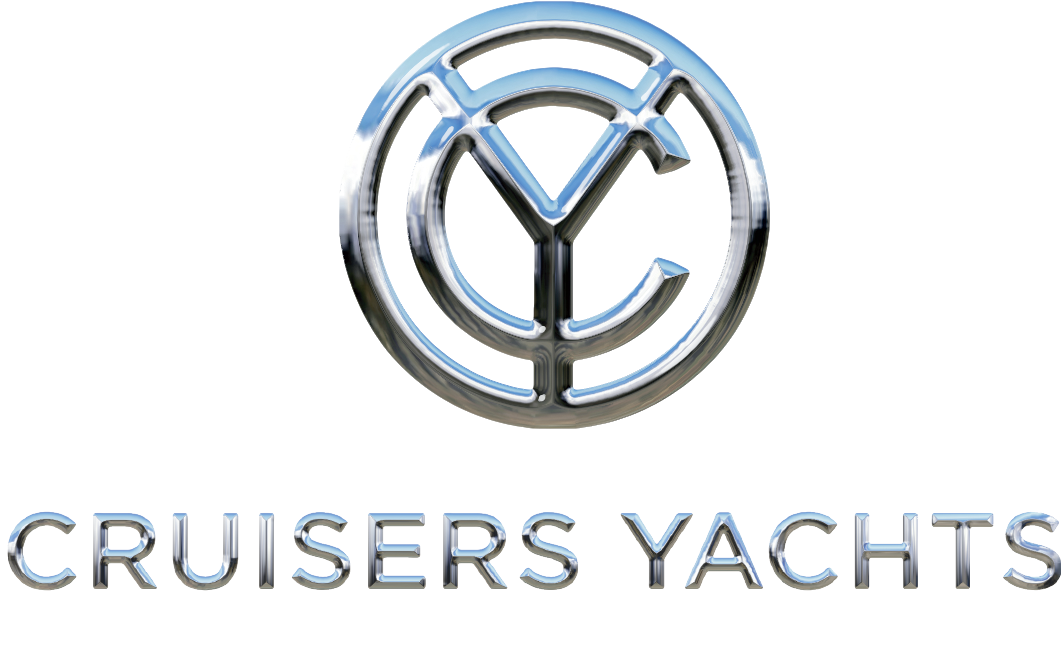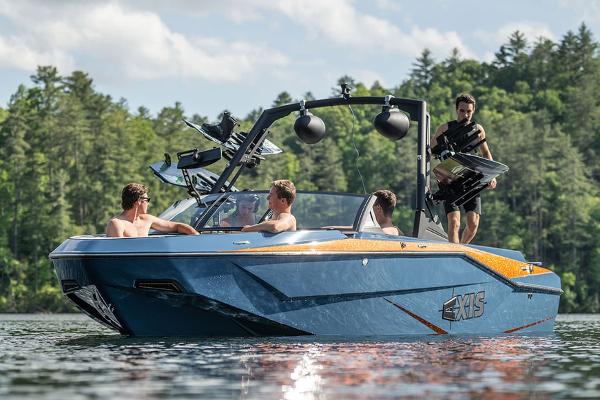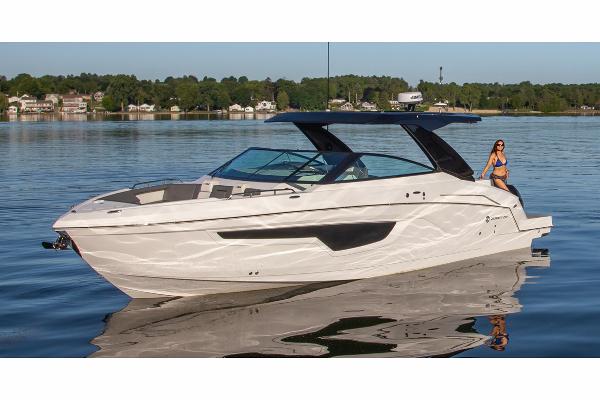Featured Bowrider Brands
Bowrider boats for sale
-
Advertisement
-
Advertisement
-
Advertisement
-
-
Advertisement
Contact Seller
XBowrider
Ideal for watersports and day cruising these Bowrider boats vary in length from 16ft to 44ft and can carry 5 to 18 passengers. These powerboats use the following propulsion options: stern drive, jet propulsion or outboard engine. There are a wide range of Bowrider boats for sale from popular brands like Cobalt, Chaparral and Sea Ray with 5,353 new and 4,919 used and an average price of $55,011 with boats ranging from as little as $7,112 and $580,919.
Bowrider Boats
The ubiquitous bowrider is at once the epitome of feel-good leisure boating and a design style frowned upon by the powerboating purist. There is a rather tired and outdated notion that a bowrider is a shallow, lightweight, flighty craft in which far more attention is paid to style and peripheral accessories than to dynamic ability.
But is that fair? Well certainly, the classic bowrider tends to embrace the needs of family boaters by using relatively shallow hull angles to help maximise running efficiency and increase inboard space. And (as the name suggests) they also employ an open bow, enabling occupants to make the most of the sunny conditions in which they tend to be used. But to criticize them as somehow unworthy on account of these undeniable assets is absurd. On the contrary, a bowrider should be a stylish, sociable and versatile boat with an efficient and easy-running hull - and the more it satisfies these key credentials, the better it is.
The classic bowrider layout
Up at the bow, the classic bowrider incorporates a V-shaped seating section. You should make sure there is sufficient length to enable you to sit facing forward in comfort. A bow ladder and a table fitting to generate a proper gathering space is also a great asset - and if there is also an infill cushion to turn the entire front end into an unbroken sunbathing area, all the better. Some speakers and perhaps even deck lights add a bit of style and up the ante for parties afloat, but don’t forget the practicalities. Look for a proper complement of grab handles and cup holders and check for properly drained under-seat storage.

The typical bow layout
Move back into the cockpit through the step-through screen and a small bowrider will generally use a full-beam aft bench and a pair of rotating bucket seats for driver and navigator. Even on the smallest craft, this should enable five people to face one another, ideally over a central table. An integral seat bolster for the helm and navigator is a very handy feature, enabling you to drive at pace with the wind in your hair, and angled foot braces are also useful for those keen on a vigorous drive. While you’re at the helm, check that the screen doesn’t come too close to your head in a comfortable sitting position and take note of whether it is tinted. Similarly, is the dash matte colored and appropriately angled to avoid too much glare in the midday sun?

A small bow rider will generally use a full-beam aft bench and a pair of rotating bucket seats for driver and navigator.
Handy additional features
Check whether there is a lower partition for the walk-through section of the screen. If it’s not a standard feature, it is well worth searching out on the options list. Without it, that stooping bow shape will see the wind whipping the heat away from the driver’s inside leg.
You should also look for a long, deep under-deck stowage compartment. It should be effectively drained and of sufficient size to swallow your skis or even a wakeboard. A cooler is a great asset on a bowrider and (for some) so is a small portable MSD. On larger bowriders, these are often located to port of the helm in a small step-down compartment.

A cooler is great for summer outings.
Given that the average bowrider is designed primarily as an active summer boat, a wakeboard tower is also worth a look. You frequently see them offered as part of a special ‘Watersports Package’, but otherwise they are readily available as retro-fit units from independent companies. Not only do they provide an elevated towing eye, but they also create additional space to stow boards and they can make an otherwise plain boat look very dynamic indeed.
If you do intend to use your boat for watersports, opt for a boat with an easy-planing hull and adequate power. You need lots of grunt low down in the rev range, so if possible, test the boat by putting your heaviest boarding buddy in the water and your full complement of friends in the cockpit. Only by this means will you know if the craft is really up to the job.
Ten key bowrider considerations
- Check that the seating is adequate for your family and friends
- Check that the cockpit feels adequately deep and secure with lots of well-placed grab handles
- Check that it has enough stowage for a family day out
- Make sure you know which features are standard and which are optional
- Look for a broad, useable communal space in the cockpit, with seats that can be adjusted to face one another
- Don’t overlook the party accessories like drinks holders, cockpit table, stereo, swim ladder, shower hose and some bow filler cushions
- If you enjoy watersports, get adequate power and consider a wakeboard tower
- Consider a canvas Bimini top for sun protection
- Do you need a head?
- Have you considered a deck boat? (see below)

A deck boat is another option to consider
What about a deck boat?
A deck boat is basically a beamy bow rider that does away with the bow taper. Instead, it carries its beam well forward to a broad, squared off nose, increasing the deck space and creating more seating space ahead of the helm.
Summary
A good bowrider provides a stylish platform for summer recreation that can cater to a wide variety of leisure pursuits, all at an affordable price.





































